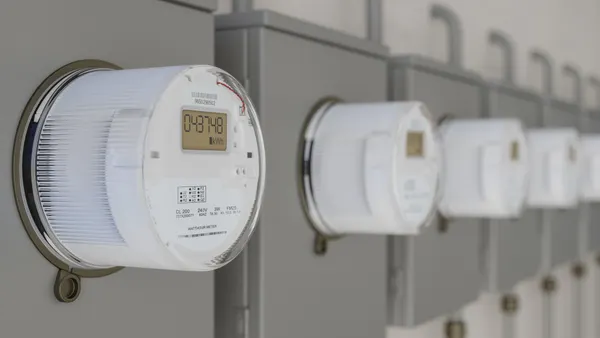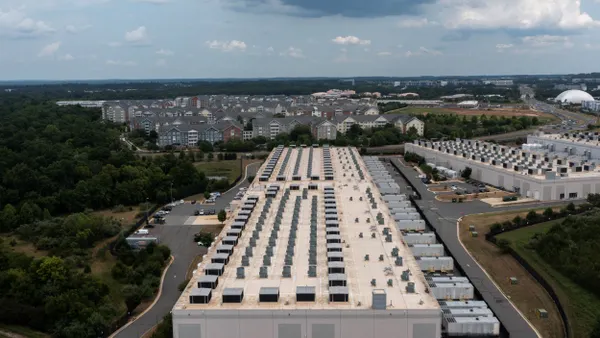Dive Brief:
- Michigan Gov. Gretchen Whitmer, D, and the state's Public Service Commission (PSC) on Thursday unveiled a grid modernization initiative designed to guide resident and business customers "through the energy industry's rapid changes in the transition to clean energy."
- The MI Power Grid program will focus on three areas: customer engagement, integrating emerging technologies and optimizing grid performance and investments. Business groups and one of the state's largest electric utilities, Consumers Energy, applauded the move.
- The initiative aims to establish updated interconnection rules and a standardized process for integrating new clean energy resources onto the power grid. Stakeholders will also discuss the value of electric generation diversity and resilience, along with possible updates to long-term planning requirements for utilities.
Dive Insight:
Michigan will need to update its electric grid in order to grow its economy and protect public health, Whitmer said in a statement. To that end, Thursday's announcement frames the MI Power Grid program as a "centralized source for credible information and outreach."
"If we're going to call Michigan a leader in clean, reliable energy, we must update our state's electrical grid," Whitmer said. The new initiative "will serve as a critical tool in helping us reach that goal and will ensure people and businesses have the resources they need to transition to clean energy."
The initiative includes facilitated discussion and educational sessions for stakeholders, and individual workgroups will have specific plans with milestones and schedules identified, looking out about a year. PSC staff will submit a status report on Sept. 30, 2020, regarding actions to date, workgroup status updates, and initial recommendations.
A final PSC staff report is expected in middle to late 2021. Goals of the process include:
- Increasing demand response participation, and improving utility performance and communications;
- Ensuring customers are educated about available rate options including time-based pricing, distributed generation rates and voluntary green pricing tariffs;
- Developing criteria to evaluate utility pilot projects and identify potential areas for additional pilot program proposals; and
- Determining how to make distribution system information available to customers to make informed decisions about where to interconnect distributed generation.
"We admire the Michigan Public Service Commission and the Governor for working side by side with us," Consumers Energy told Utility Dive in an email, adding that it would continue "modernizing to enable advanced grid capabilities and integration of emerging technologies."
The utility plans to cut carbon emissions 80% and obtain 40% of its power from renewables by 2040.
Advanced Energy Economy and the Michigan Energy Innovation Business Council predicted benefits from the modernization process would include improved reliability and resilience, lower costs and more choices for consumers, and a broader range of solutions for utilities to address system needs.
"Michigan is focusing on all the right things," AEE Managing Director Ryan Katofsky said in a statement. "From customer engagement to integrating emerging technologies to optimizing grid investments and performance, they've created a scope that's both ambitious and achievable."
Several states have launched initiatives to tackle grid modernization issues, including Ohio, Illinois, New York, Rhode Island and others, as larger amounts of renewable and distributed generation come online. Michigan law requires utilities to meet a 12.5% renewable standard for 2019 and 2020 and 15% by the end of 2021.
Michigan gets the largest share of its electricity generation from coal, though the share declined to 37% of the state's net electricity generation in 2018 — down from 53% in 2013, according to the U.S. Department of Energy.














